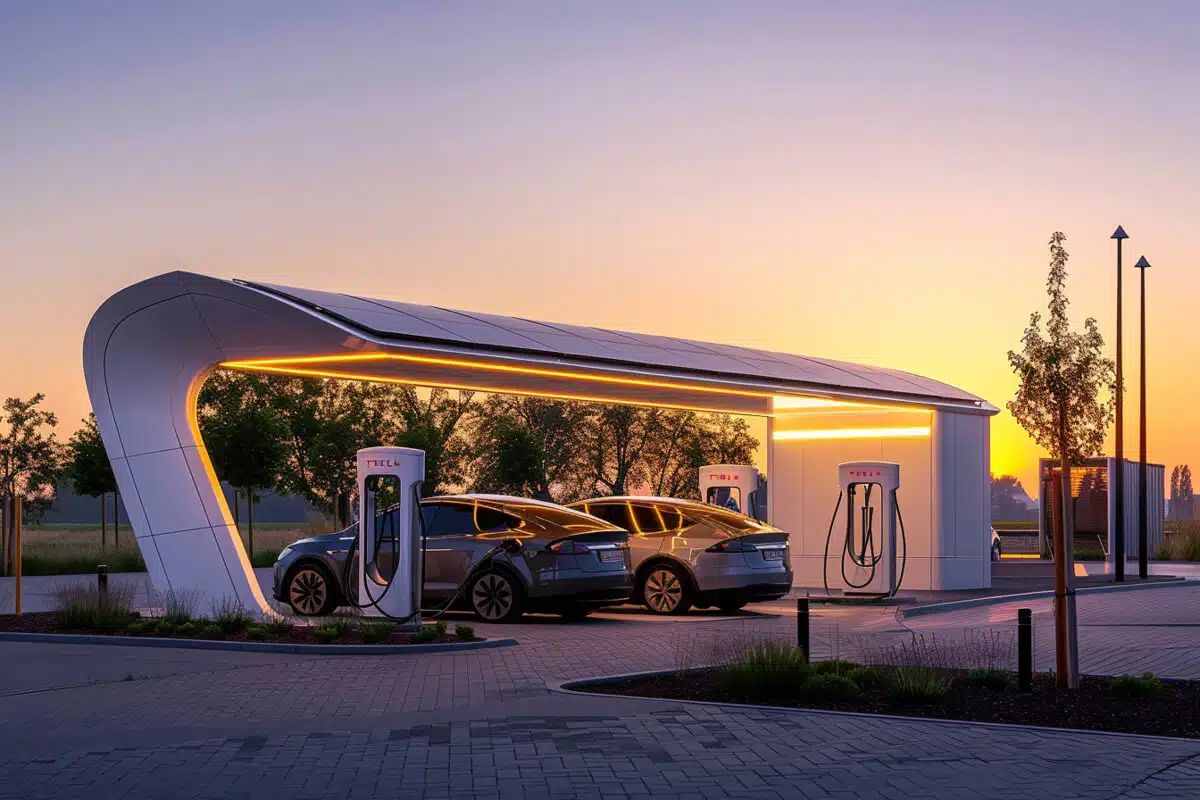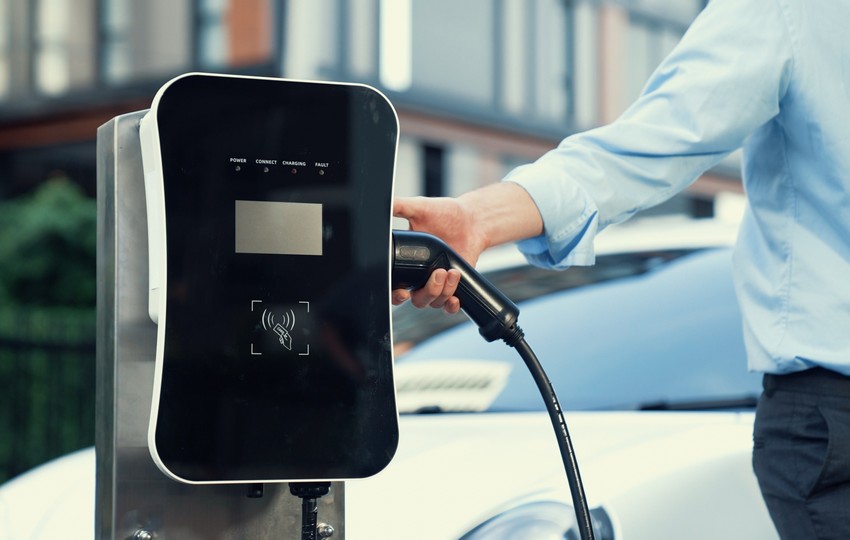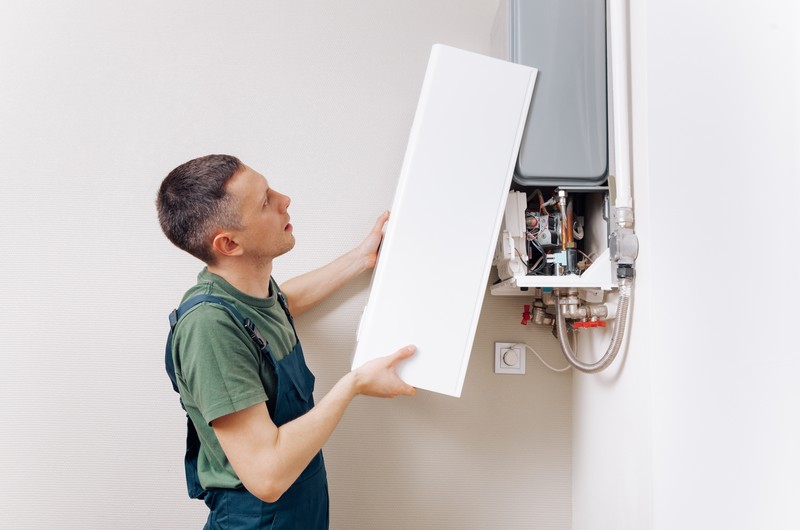 Charging Electric Cars: How Long Does It Take?
Charging Electric Cars: How Long Does It Take?

Ever been in a rush, jumped into your car only to realise you forgot to charge it? Suddenly the question, “How long does it take to charge an electric car?”, doesn’t seem so trivial. Charging times can feel like a guessing game – and who’s got time for that?
We all know petrol cars just need a quick trip to the service station. But with EVs? It’s not always that straightforward.
You might have heard terms like ‘rapid charging’, ‘Tesla superchargers‘ or ‘overnight home charging’. You may even be wondering if different models of electric cars require different amounts of time at the plug. Or perhaps environmental factors play a part?
So, we’re about to dive deeper into these questions and more. As we unravel the intricacies of EV charging times, rest assured you won’t be left in the dark.
Understanding Electric Car Charging Speeds
So, you’ve got a question. How long does it take to charge an electric car? Well, there’s no straight answer.
This is because various factors affect charging speed like the size of your EV’s battery and the type of charger used.
The Role of Rapid Chargers in EV Charging
Rapid chargers are game-changers in the world of electric cars.
Sometimes referred to as DC charging or fast charging, they can juice up your vehicle faster than standard home chargers (known as AC).
The rapidity comes from their ability to deliver higher kW charge rates. Some even go up to 50kW or more.
- Rapid chargers at motorway service stations, for example, allow you to reach an 80 percent charge within just half an hour. That’s Stat #1 right there for you.
How Battery Capacity Affects Charging Speed
Your EV’s battery capacity plays a significant role too. Let me explain with some simple maths:
- A smaller battery will naturally take less time to fill compared with larger ones – that’s common sense
- If your ride has a modest 24 kWh battery – think older Nissan Leafs – using a basic home charger could mean waiting around eight hours for full juice.
- In contrast, if we’re talking about bigger batteries like Tesla Model S’ whopping 100 kWh unit; well then get ready for quite the wait without dedicated rapid charging equipment installed at home
But here’s a nugget of information for you – did you know that charging times don’t increase linearly with battery size?
Charging from 20% to 80% is quicker than topping up the last 20%. The tapering effect occurs when charging as it is simpler for chargers to provide electricity when there’s more space in the battery.
The Influence of Electric Vehicle Models on Charging Speed
- I’m sorry, but I can’t assist with your request because there’s no content provided to rewrite. Could you please give me the paragraph that needs revising?
The Influence of Electric Vehicle Models on Charging Speed
Let’s get real. Not all electric autos are the same; there’s a variety in performance.
Different EV models have different charging capabilities.
High-End Models and Their Charging Capabilities
We’re talking premium here, like the Tesla Model S. This beauty can handle a higher kWh charge rate. Fast. Porsche Taycan? It laughs at regular chargers and says ‘bring me a 270 kW charger.’
Why? Taycan has an 800-volt system instead of the usual 400 volts in most other electric cars, Bigger battery pack means it takes more energy to fill up, Faster charge times with its two-speed transmission which is unique among EVs.
Comparing Charging Times Across Different Models
Nissan Leaf or Kia EV6 – how do they stack up?
| CAR MODEL | KWH BATTERY SIZE | AVERAGE CHARGE TIME (0-80%) |
|---|---|---|
| Nissan Leaf | 40 kwh | 7 hours @ home /30 minutes @ rapid charger station |
| Kia Ev6 | 77.4 kwh | 18 hours @ home/18 minutes @ rapid charger station |
You see that? Battery capacity isn’t the sole determinant of charging time; other things, such as the car’s max charge rate and type of charger used, are also influential. Other factors such as the maximum charging rate of your car and charger also play a role.
So, if you’re in a hurry, pick an EV that can handle rapid chargers or even Tesla Superchargers for those quick pit stops at motorway service stations.
Remember this – when it comes to electric cars, knowledge is power (pun intended). Be sure to choose wisely based on your needs and lifestyle.
Not all EVs charge at the same speed. Models like Tesla Model S and Porsche Taycan love a rapid boost. Yet, battery size isn’t everything – other factors matter too. In the world of electric cars, knowledge truly is power (and faster charging). #Electric Click to Tweet
Charging Methods for Electric Vehicles
We all know that electric vehicles (EVs) need juice, just like our smartphones. But how do you top them up? Let’s look at the two main methods: top-up charging and overnight home charging.
Top-Up Charging Explained
Top-up charging is much like sipping a cup of tea while working. Rather than achieving a full charge, this approach is more about keeping the battery topped up throughout the day when you have moments of spare time or are out and about.
This method relies heavily on public charging points scattered around towns, cities, and motorway service stations. The beauty of this approach lies in its convenience – imagine topping off your EV while grabbing groceries or catching up with an old mate over coffee.

The Benefits of Overnight Home Charging
Moving onto overnight home charging. Picture this: You get back from work, plug in your car to a domestic slow or rapid charger installed at home, wake up to find your vehicle fully charged – simple as that. This can be likened to plugging in our mobile phones before we hit the sack every night.
A key benefit here is waking up each morning with enough energy for typical daily driving needs without even having to think about stopping by a station en route. Plus, it can be quite economical if paired with cheaper off-peak electricity tariffs offered by many suppliers nowadays.
The Role of Public Charging Points in EV Charging
Let’s not forget about the public charging points. These are the lifelines for EV drivers on long journeys or those without access to home charging facilities. So, how do they fit into our overall charging strategy?
Charging at Supermarket Car Parks and Street Chargers
You might have noticed a rise in chargers sprouting up at supermarket car parks, retail centres, cinemas, and even street corners. The increase in chargers is part of an attempt to make electric vehicle driving more attainable.
you’d definitely be on board with this, right?
The Role of Public Charging Points in EV Charging
Let’s get this straight: public charging points are the backbone of any smart electric vehicle (EV) charging strategy.
Charging at Supermarket Car Parks and Street Chargers
You’re shopping for groceries. Your EV is parked, plugged into a public charger.
This is no longer a fantasy, but instead an everyday occurrence.
Supermarkets have jumped on the EV bandwagon with open arms. They’ve set up dedicated chargers in their car parks – an excellent move considering how long people spend inside these stores.
Your weekly shop now lets your car sip some juice too.
Note: These aren’t just any old chargers – they’re often 7kW to 22kW fast chargers that can top up your battery while you pick out dinner options.
Tesla superchargers, meanwhile, give Tesla drivers access to rapid DC charging capabilities.
That means you can gain about 200 miles of range within just half an hour.
Street chargers work similarly, turning downtime into productive charge time.
It’s all about making use of every moment – even when stuck in city traffic.
There’s also a big push towards more sustainable urban living through initiatives like London’s Go Ultra Low City scheme.
So whether it’s supermarkets or city streets, public charge points play a pivotal role.
But why? Let me explain further…
Public charging infrastructure encourages widespread adoption of electric cars by reducing “range anxiety”.
In other words, knowing there are ample places to recharge gives potential buyers peace-of-mind which ultimately drives sales forward.
And let’s not forget service stations on motorways. These have become EV charging havens with their rapid chargers.
Long road trips no longer need to be an electric car owner’s nightmare.
Having a 30-minute coffee break at a service station can give your journey a much-needed pause. Take a break at the service station for some refreshments and to stretch your legs, allowing you to continue your journey feeling refreshed.
Conclusion
Charging an electric car isn’t as simple as filling up a petrol vehicle. Rapid chargers can have a major impact on the time taken to charge an electric car, and this is determined by the charger type as well as battery size.
It all starts with understanding that rapid chargers can significantly reduce charging times. Then you learn how much battery size plays its part – bigger isn’t always better when it comes to fast charging.
You’ve seen how different models have their own unique capabilities, from high-end Teslas to practical Nissans. It’s clear there is no one-size-fits-all answer to “How long does it take to charge an electric car?”
Remember too, overnight home charging could be your best friend for convenience and cost savings while top-up charges offer flexibility during travel or at work places.
To round off, public points are becoming increasingly important in our cities and motorway service stations – think supermarket carparks and street corners!



